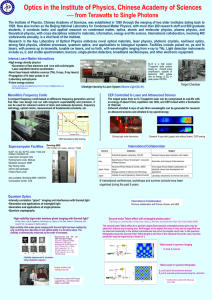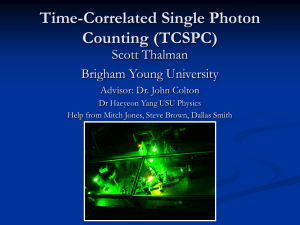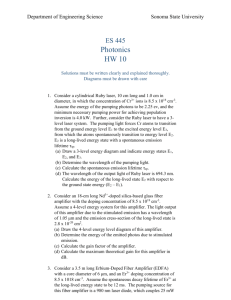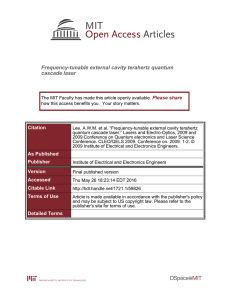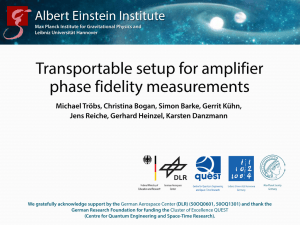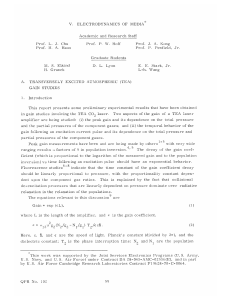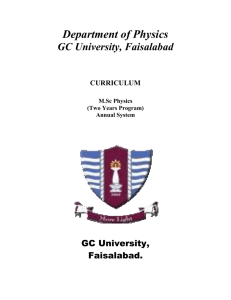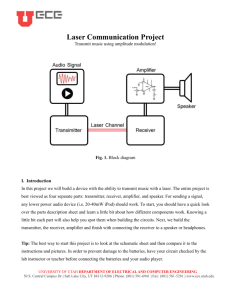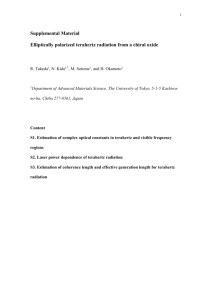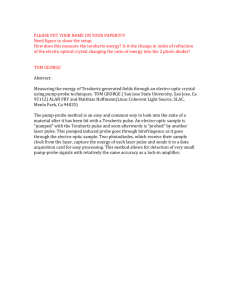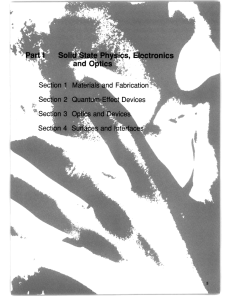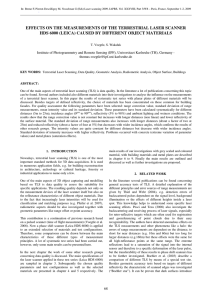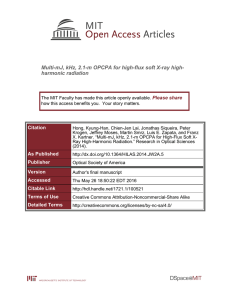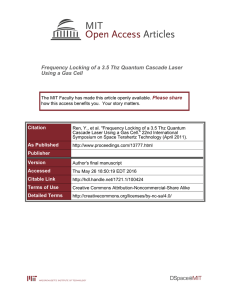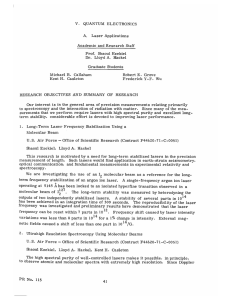Yuan_imaging_APL_supplementary
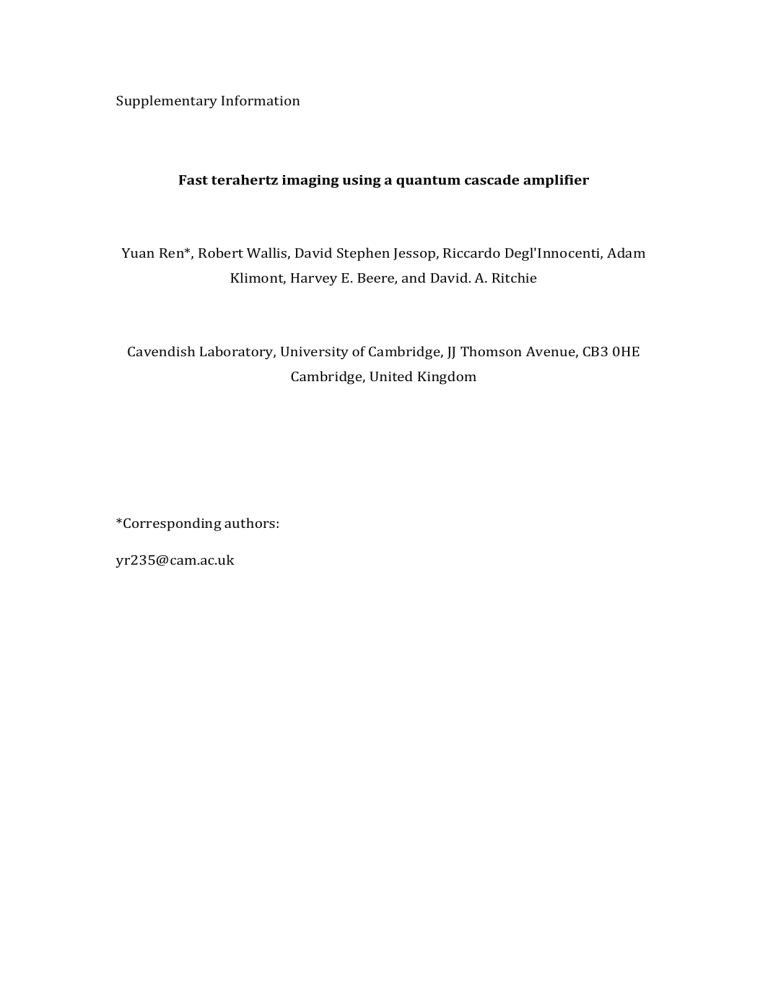
Supplementary Information
Fast terahertz imaging using a quantum cascade amplifier
Yuan Ren*, Robert Wallis, David Stephen Jessop, Riccardo Degl'Innocenti, Adam
Klimont, Harvey E. Beere, and David. A. Ritchie
Cavendish Laboratory, University of Cambridge, JJ Thomson Avenue, CB3 0HE
Cambridge, United Kingdom
*Corresponding authors: yr235@cam.ac.uk
Based on the framework of the Lang-Kobayashi theory 1 , the feedback strength parameter k is defined by 2 : k
= e R ext
R
(1
-
R )
(S1) where R ext
and R represent the reflectivity of the external target and the laser facet, respectively; the coupling factor e =
P fb
P represents the coupling losses of the into the external cavity, where P fb
is the power re-injected into the laser and
P is the power emitted by the laser. Assuming the threshold gain (equal to the total losses of the laser cavity including the waveguide loss and the mirror loss) is proportional to the threshold current, which is valid for a bound-to-continuum active region design 3 , the coupling factor is calculated to be 49% from the measured threshold current value as I th
=0.60 A for QC laser, and I th
=0.65 A for
QC amplifier in maximum feedback condition.
Based on the refractive index of Parylene C of 1.62, Si of 3.4 and GaAs of 3.6, the reflectivity of the QC amplifier facet is calculated to be about 4%. So from the expression (S1) we derive a feedback strength k of 1.2. This demonstrates an ultra-strong strength parameter for the QC amplifier, compared with standard
THz QCL where the feedback strength of 0.03 was measured in Ref. 2. The ultrastrong feedback strength is not only achieved with the suppression of the reflectivity on the device facet, but also due to the help of higher beam collection efficiency from the hyper-hemispherical Si lens 4 .
2 mm
S1. A high resolution image of the letters of ‘CAM’, constructed from paper on the back side of a high-density polyethylene sheet
References:
1.
Lang R, Kobayashi K. External optical feedback effects on semiconductor injection laser properties. IEEE Journal of Quantum Electronics 16, 347-
355, (1980).
2.
Mezzapesa FP, Columbo LL, Brambilla M, Dabbicco M, Borri S, Vitiello MS,
Beere HE, Ritchie DA, Scamarcio G. Intrinsic stability of quantum cascade lasers against optical feedback. Optics Express 21, 13748-13757, (2013).
3.
Rungsawang R, Jukam N, Maysonnave J, Cavalie P, Madeo J, Oustinov D,
Dhillon SS, Tignon J, Gellie P, Sirtori C, Barbieri S, Beere HE, Ritchie DA.
Gain enhancement in a terahertz quantum cascade laser with parylene antireflection coatings, Applied Physics Letters 98, 101102, (2011).
4.
Lee AWM, Qin Q, Kumar S, Williams BS, Hu Q, Reno JL. High-power and high-temperature THz quantum-cascade lasers based on lens-coupled metal-metal waveguides. Optics Letters 32, 2840-2842, (2007).






